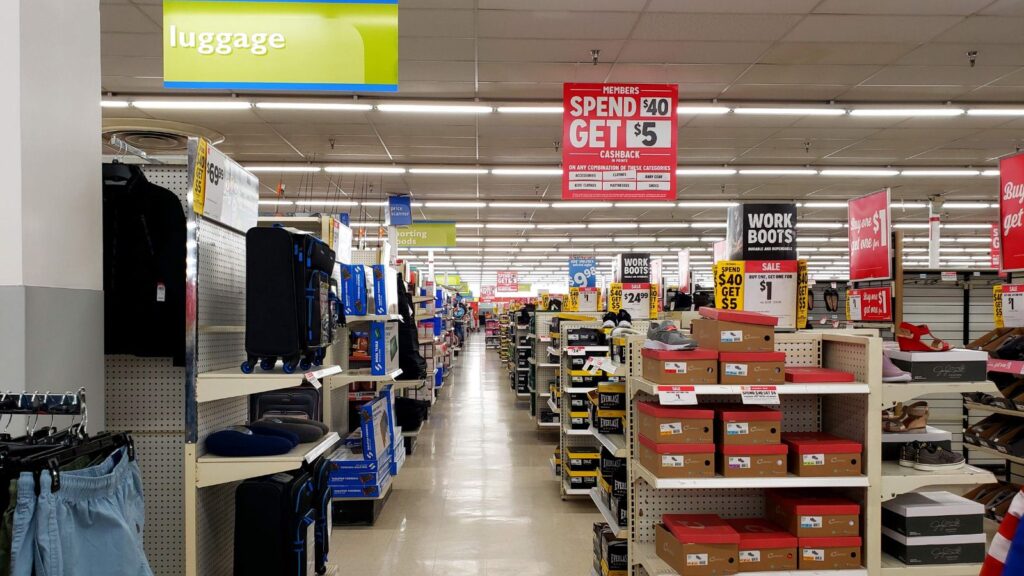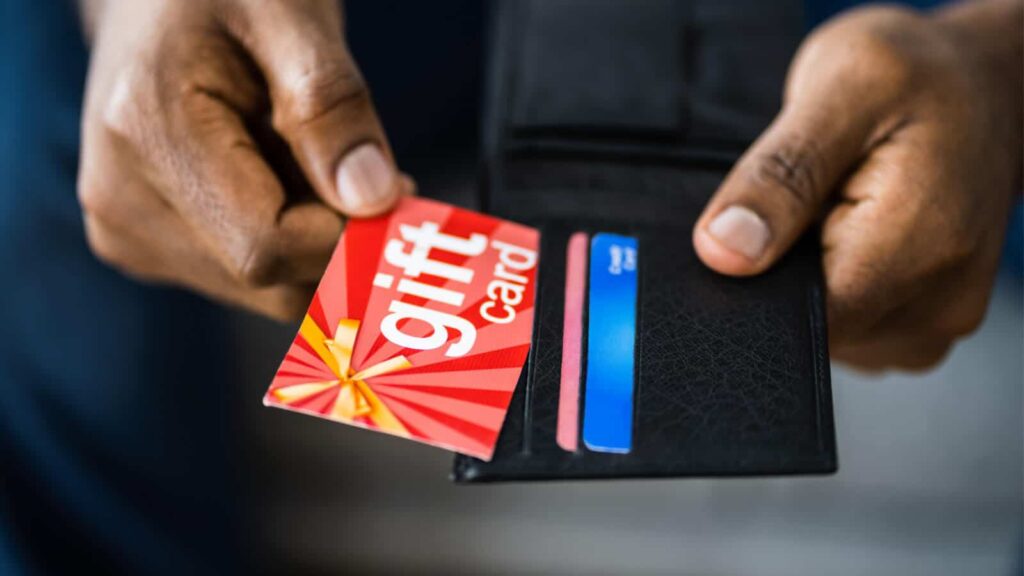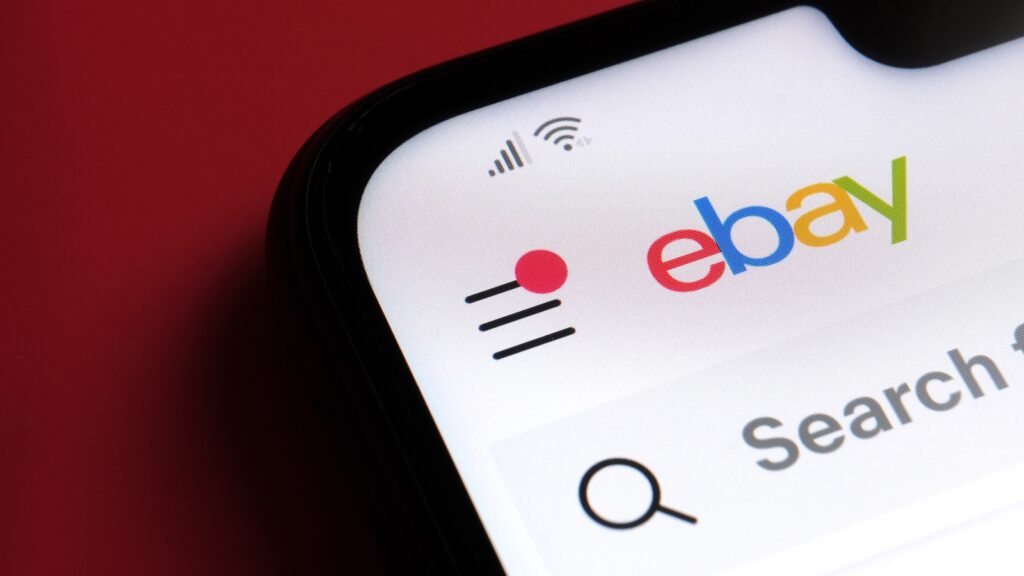Online shopping has become a staple in our daily lives, but with its rise, shopping scams are now common. We look at 21 different types of scams to watch out for to protect your finances and personal information.
Strategic Store Layouts

Stores are designed to maximize impulse buys. Eye-catching items are placed at the checkout, and essential items are placed at the back of the store. These tactics force customers to walk past numerous other products, picking up many items along the way.
End Cap Placement

Products placed at the ends of aisles, known as end caps, are often perceived as being on sale, even when they’re not. They could be lazily displayed in a bin to look like they may be discounted only for customers to pay full price at the checkout.
False Discounts

Stores often inflate original prices to make discounts seem more significant. What appears to be a 50% off deal might actually be only a small reduction from the regular price. Car Aftermarket Trader says that there are laws around this, but you should still be wary and check out prices in the run-up to any sales.
Inaccurate Sale Signs

Some stores place sale signs next to full-priced items, leading customers to believe they’re getting a discount when they’re not. Stores like Macy’s and Kmart have been exposed to this behavior in the past, according to CBS News, but the practice is still common.
Fine Print

Promotional deals often come with fine print that limits the actual benefits. It’s essential to read the terms and conditions carefully to understand the real value of the offer.
Points Expiration

Points and rewards in loyalty programs often expire quickly, encouraging more frequent purchases to avoid losing earned benefits. Feeling like they don’t want to miss out, customers will shop for discounted items they don’t really need.
Limited Redemption Options

Stores may limit how and when customers can use their rewards, making it challenging to fully take advantage of loyalty programs. This can leave customers feeling that programs are just another way for stores to drum up sales.
Upselling

Cashiers and sales associates frequently encourage customers to purchase more expensive items or add-ons to increase sales. While there’s no pressure to buy, some customers feel they can’t say no, so they end up paying more than they wanted to.
Restocking Fees

Returns can come with hefty restocking fees, usually around 10-25%, according to Parcel Panel, which can put customers off returning items and make them think twice before doing so.
Service Charges

Additional charges for services like gift wrapping or alterations can add up, making what seemed like a good deal much more expensive. If you’re pressured to buy an item, consider the overall cost before handing over your cash.
Scarcity Tactics

Retailers often create a sense of urgency by claiming limited stock or time-sensitive deals, pressuring customers to buy quickly without thoroughly considering the purchase. Advertising campaigns will tell customers to “be quick” and “hurry to claim the remaining few items” when, in reality, the stock cupboard is full.
Out of Stock Items

Stores sometimes advertise popular items that are out of stock to get customers in the door, hoping they’ll buy something else. This scam happens both online and offline, leading to customer frustration.
Substandard Store Brands

Some stores promote private-label brands, which might be of lower quality than name-brand items. Customers are often looking for a bargain when trying to save money, and brands can mislead them into thinking they’re getting a better deal.
Fake Online Stores

Some websites look like real online stores but are set up to steal your money and personal information. Always verify the legitimacy of a site by checking reviews and looking for contact information and return policies. You can also check out the brand’s reviews and social media pages to gauge their authenticity.
Counterfeit Products

U.S. Border and Customs seized over 2.5 billion dollars worth of counterfeit goods in 2023, and many more reached unknowing customers. Counterfeit goods are often sold at a fraction of the price of genuine items. Be wary of deals that seem too good to be true, and buy only from reputable retailers so you can rely on their authenticity.
Gift Card Scams

Gift card scams and card draining scams amounted to over 217 million dollars in 2023, according to The Nebraska Examiner. Gift card scams involve fraudsters convincing victims to purchase gift cards and then provide the card details, which the scammers then use to drain the card’s value.
Non-Delivery Scams

Delivery scams involve you paying for goods online only for the items to never arrive. To protect yourself, use secure payment methods like credit cards or PayPal, which offer some protection and recourse if your goods don’t arrive. You can also research stores on sites like Trustpilot to see if they’re authentic.
Auction Frauds

Online marketplaces such as eBay, Vinted, and Facebook Marketplace are great ways to find a bargain, but they’re also a scammer’s paradise. Auction scams involve fraudulent sellers making fake listenings with no intention of delivering the items. You should always check seller ratings and reviews before making a purchase.
Identity Theft

Online shopping scammers aim to steal your personal information rather than your money. You should use strong passwords, enable two-factor authentication, and never share your PIN number online.
Fake Reviews

Research by Wiser Notify discovered that 30% of online reviews are fake. Fraudulent reviews can make a poor product appear better than it is and can also be a cover for non-existent products. Cross-check reviews across multiple platforms to gauge the authenticity of the product and seller.
Extended Warranties

Stores often push extended warranties that offer little value and are rarely used by customers. Often, an extended warranty costs more than the product’s value, so it’s cheaper to decline additional cover and buy a new product once the original breaks.
19 Grim Realities of Dating After 50 That Are Often Overlooked

19 Grim Realities of Dating After 50 That Are Often Overlooked
26 Things That Will Be Extinct Because Millennials Refuse to Buy Them

26 Things That Will Be Extinct Because Millennials Refuse to Buy Them
24 Outdated Slang Terms You Absolutely Shouldn’t Be Using Anymore

24 Outdated Slang Terms You Absolutely Shouldn’t Be Using Anymore
25 Hardest Parts About Getting Older That No One Ever Talks About

25 Hardest Parts About Getting Older That No One Ever Talks About





